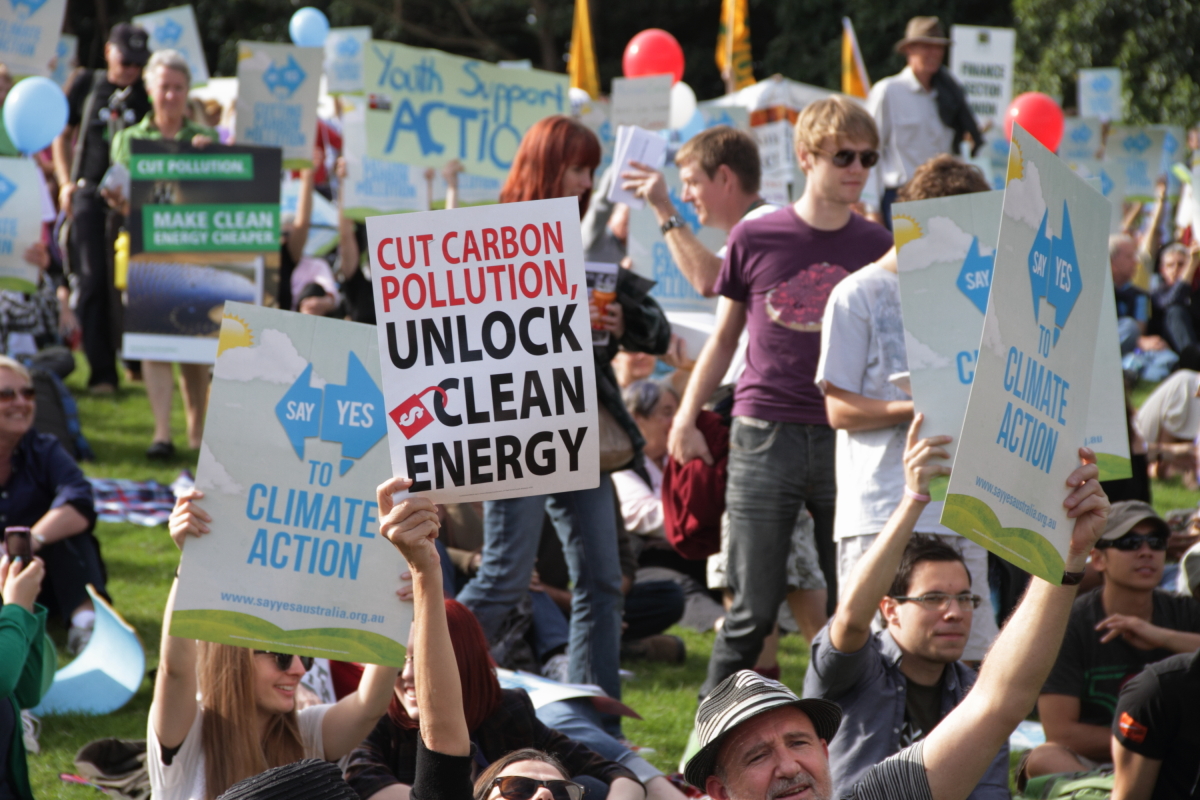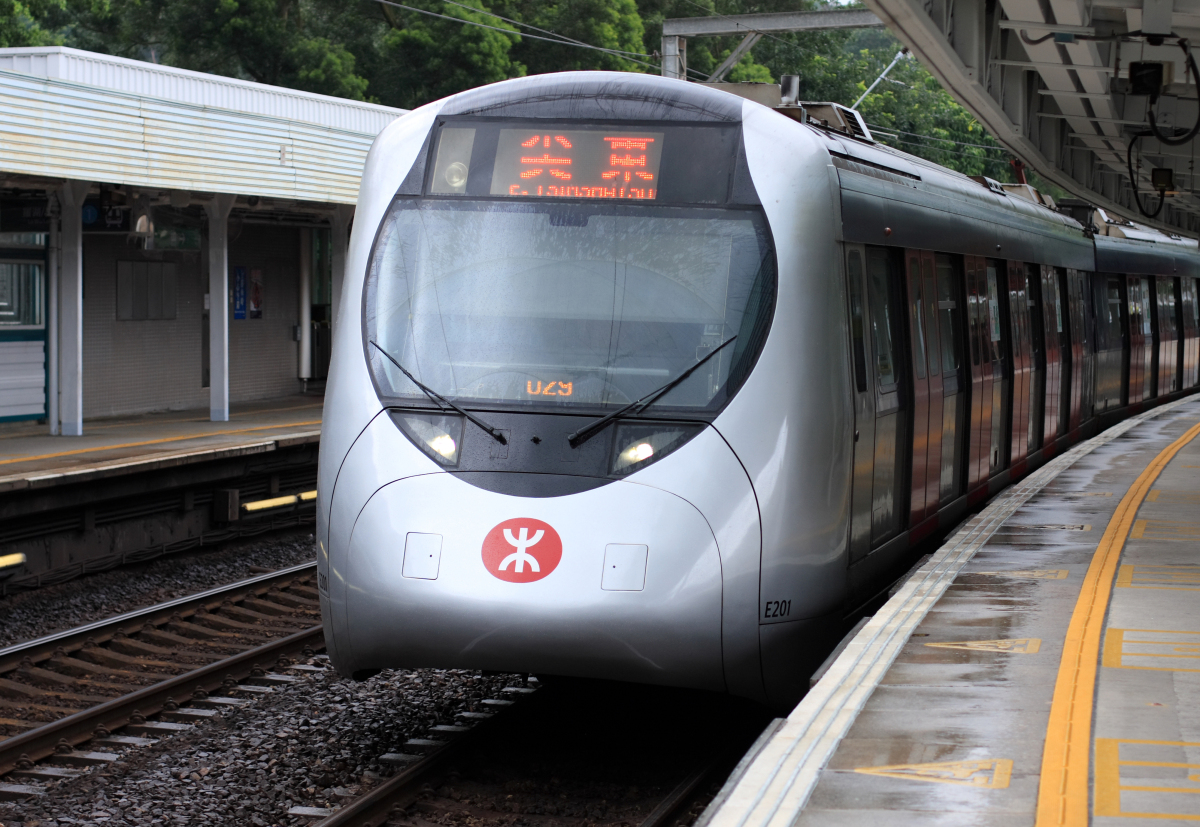Managing our Natural Resources: The Balancing Act
Analyzing the Alternatives
MINDS ON
Melancthon Township is situated 100 kilometers northwest of Toronto and was home to a much publicized resource development issue. The Highland Companies, a company that is backed by an American hedge fund, (definition: This refers to a partnership of investors that often use high risk methods in hopes of earning large financial rewards.) proposed to establish Canada’s largest-ever mega quarry. (definition: This is an area where building stone, gravel or other materials have been mined from the ground.) They bought up hundreds of farms in the area, and told the former owners of these farms that the company was getting into the farming industry. However, their true plan was to build a mega-quarry to mine limestone. This quarry would be deeper than the height of Niagara Falls and one-third the size of downtown Toronto. The proposed mega-quarry would have been built on more than 2,000 acres of some of the best quality, productive farmland in Canada (class 1 agricultural land) and would use about 600 million litres of water each day for its production.
Many people opposed this proposed mega-quarry and more than 140,000 people signed a petition to stop its construction. The Ministry of Natural Resources also received over 2,000 formal objections opposing the quarry.
 Mega Quarry
Mega Quarry
Check out the following video which highlights the issue from the eyes of those opposing this resource development proposal. As you watch the video, make a list of the stakeholders in this resource development issue and consider why they feel so passionately about the issue. Your notes will come in handy for the next step.
 Mega Quarry Stakeholders
Mega Quarry Stakeholders
Complete the following interactive. Take a screen capture of your work and add it to your Portfolio.
Stakeholders
Not only did people sign petitions against the mega-quarry and officially oppose it with the Ministry of Natural Resources, they also held an event which rallied close to 40,000 Ontarians. The end result? In November 2012, the Highland Company withdrew its application, thus leading to the end of the Mega-Quarry proposal and the resignation of the company’s president. The company explained that they weren’t moving ahead with the proposal due to the lack of support from the community and the government. This was seen as a huge environmental win for the people of Ontario and serves as a symbol of the power of people to inspire change within society when it comes to resource development planning.
ACTION
NIMBY

 NIMBY in my Community
NIMBY in my Community
What example of NIMBY have you seen in your own community? What were your own personal feelings about the potential development?
If you’re struggling to find an example it may be a good idea to talk with your parents or some elders in your community and ask them for examples of NIMBY they’ve seen in their lifetime. What was the outcome?
As we know, there are always (at least!) two sides to every issue and it’s often difficult to find a compromise that will make both sides happy. If we examine alternative energy developments we will find that people often do not want them close to their homes. Solar and wind power generation are among the most highly debated developments.

 Protest Signs and Reporter Questions
Protest Signs and Reporter Questions
Use your research skills to investigate either wind or solar farms. Find out why there are a variety of stakeholders in favour of the development, while also finding out why many stakeholders are against the same development. Record your research notes as they will come in handy in the next step.
After conducting research on both sides of the issue you should have a good understanding of why people feel passionately about the potential development. Often it will impact them in one of the following ways: socially, culturally, environmentally, economically or politically. Keeping these perspectives in mind, you will create three protest signs for each side of the issue. Each sign should contain a message highlighting the basis of that side’s opinion.
A good protest sign will...
-
Contain factual information that you researched.
-
Be concise and clearly communicated.
-
Provide a strong message which highlights the side of the issue.
You will have a total of six signs (three for each side of the issue), and you may choose to produce them digitally or by hand. Get creative and be sure that the sign is effective.
Reporters are often at protests and usually desire to interview people with strong opinions about the issue at hand. If you were a reporter, what three questions would you ask the "for" side and what three questions would you ask the "against" side? Remember, the job of a reporter is to be able to communicate both sides of the issue to the audience so be sure to pose questions that will help you investigate more deeply into the subject.
Transporting a Growing Population
As previously discussed in the course, as our world’s population increases so does our demand on natural resources. We are looking for alternative options to power our lifestyles, to make our goods, and to transport people. When looking at transportation options, many people assume that hybrid or electric cars are the way of the future and have a far less negative impact on the environment; but is that really the case? Check out this video about electic cars and how they may not be as "green" as you think.
As we can see from the video, electric cars are not necessarily the solution to building a more sustainable transportation future. We must consider other options such as improving mass transit within our communities and encouraging biking or walking. But how do we encourage people to give up their cars, the convenience they offer and the way of life that they are used to?

Here are some highlights of the MTR:
- It is 218 kilometers long and carries on average five million passengers each day.
- It runs on-time, and is said to have a 99.9% punctuality rate.
- On average the cost of travel on the MTR is only $1 per trip.
In Canada, many of our large cities boast mass transit plans that are considered to be sustainable.
The city of Vancouver, which considers itself the “Green Capital” of Canada, has shifted its investment spending into creating more walking, cycling and public transit routes instead of building more roads. Vancouver’s "green" transportation highlights include:
- City buses, rail system and aquatic bus
- Bike share programs
- Walking and cycling paths
- Car share programs.
 Transportation in My Community
Transportation in My Community
What do you think holds people back from using public transit or other non-motorized transportation options?
In your own community what transportation options (other than cars) exist and how effective do you think they are?
Reflect about how sustainable you think transportation options are in your community.